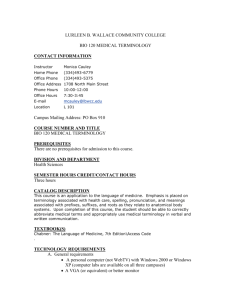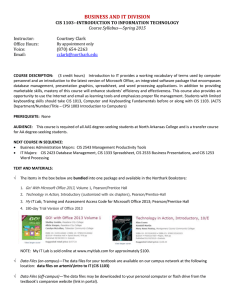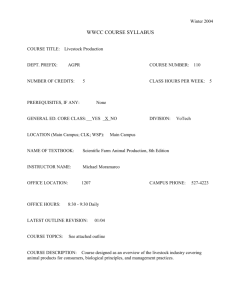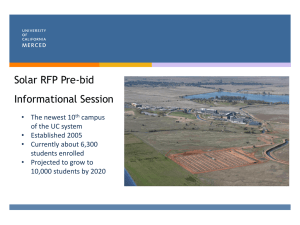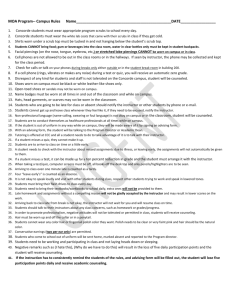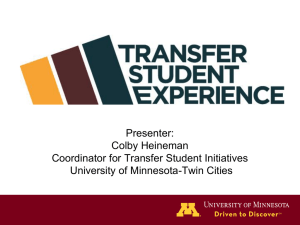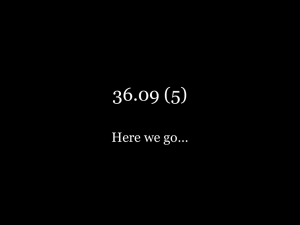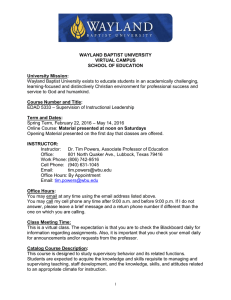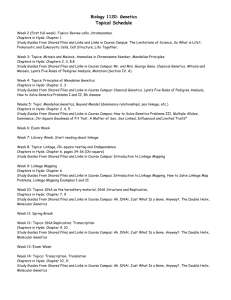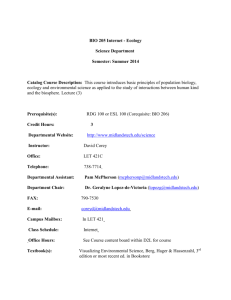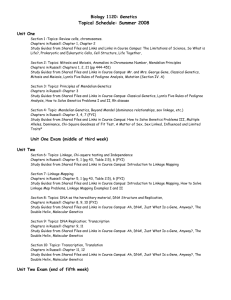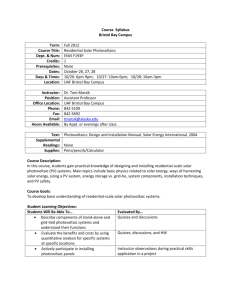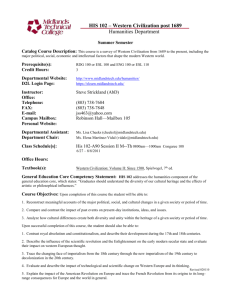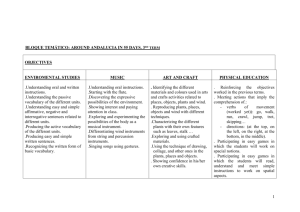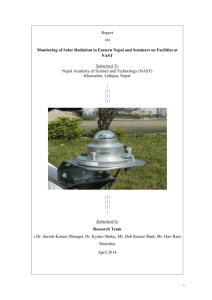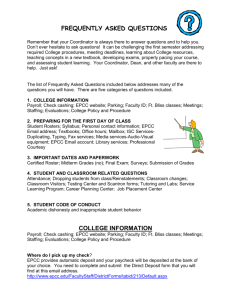LURLEEN B WALLACE COMMUNITY COLLEGE
advertisement
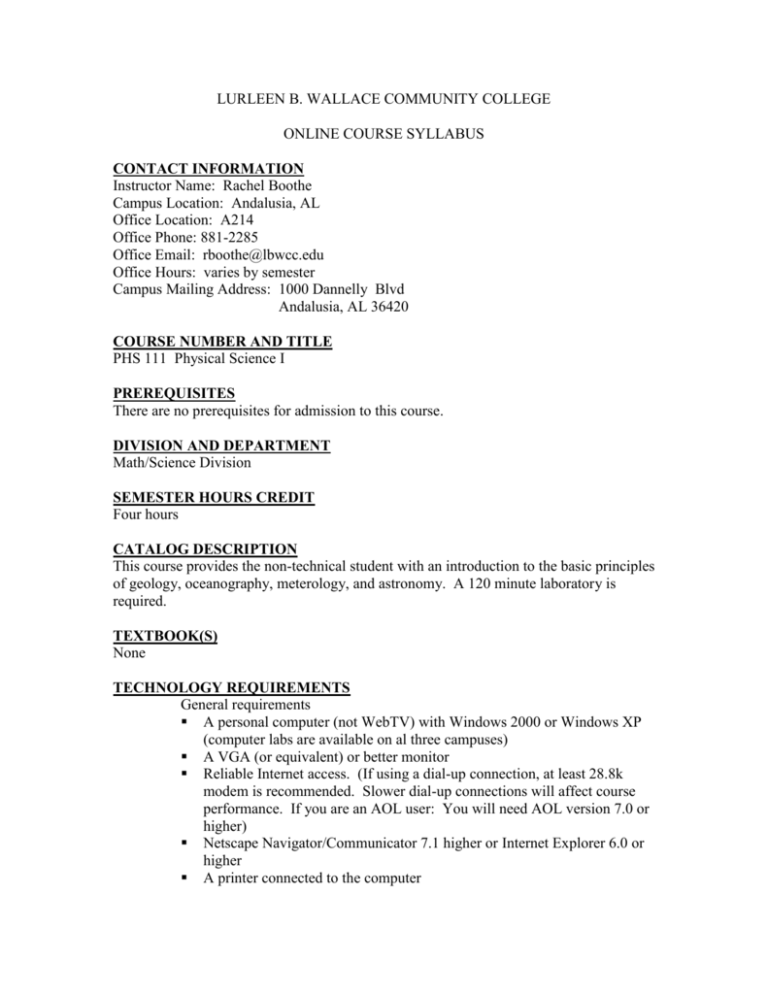
LURLEEN B. WALLACE COMMUNITY COLLEGE ONLINE COURSE SYLLABUS CONTACT INFORMATION Instructor Name: Rachel Boothe Campus Location: Andalusia, AL Office Location: A214 Office Phone: 881-2285 Office Email: rboothe@lbwcc.edu Office Hours: varies by semester Campus Mailing Address: 1000 Dannelly Blvd Andalusia, AL 36420 COURSE NUMBER AND TITLE PHS 111 Physical Science I PREREQUISITES There are no prerequisites for admission to this course. DIVISION AND DEPARTMENT Math/Science Division SEMESTER HOURS CREDIT Four hours CATALOG DESCRIPTION This course provides the non-technical student with an introduction to the basic principles of geology, oceanography, meterology, and astronomy. A 120 minute laboratory is required. TEXTBOOK(S) None TECHNOLOGY REQUIREMENTS General requirements A personal computer (not WebTV) with Windows 2000 or Windows XP (computer labs are available on al three campuses) A VGA (or equivalent) or better monitor Reliable Internet access. (If using a dial-up connection, at least 28.8k modem is recommended. Slower dial-up connections will affect course performance. If you are an AOL user: You will need AOL version 7.0 or higher) Netscape Navigator/Communicator 7.1 higher or Internet Explorer 6.0 or higher A printer connected to the computer Sound Card Most recent versions of plug-ins and viewers. These are free additions to browsers that allow students to view special course components such as video, clips, or animations. SUPPLEMENTARY MATERIAL Laboratory handouts Selected video tapes COURSE OBJECTIVES CHAPTER ONE: The Universe Upon successful completion of this chapter the student will be able to identify the major components of the Universe and understand their features. These components include stars and galaxies. The student will also understand celestial distance and location of objects in space. CHAPTER TWO: The Solar System Upon successful completion of this chapter the student will be able to identify the major components of the Solar System including the planets, their moons, comets, asteroids and meteorites. The student will also understand the behavior of the components in the Solar System CHAPTER THREE: Earth in Space Upon successful completion of this chapter the student will understand how the Earth functions in the Solar System. The student will understand the function of the calendar, latitude and longitude, and time calculation. CHAPTER FOUR: Rocks and Minerals Upon successful completion of this chapter the student will be able to identify the major minerals and categories rocks in Earth’s crust. CHAPTER FIVE: Plate Tectonics and Earth’s Interior Upon successful completion of this chapter the student will be able to identify the different parts of Earth’s interior and understand the theorized movement of Earth’s plates and the effect it has on the features of Earth’s surface. CHAPTER SIX: Building Earth’s Surface Upon successful completion of this chapter the student will be able to identify the different types of folds and faults in Earth’s crust. The student will understand the causes of earthquakes and how they are measured. The student will also be able to identify the different types of volcanoes and eruptions. CHAPTER SEVEN: Shaping Earth’s Surface Upon successful completion of this chapter the student will understand the concepts of weathering, erosion, and transportation and the different types of erosion and weathering. CHAPTER EIGHT: Fossils and Geologic Time Upon successful completion of this chapter the student will be able to identify the different types of fossilization and understand their function in determining the age of the Earth. The student will also understand modern dating techniques. CHAPTER NINE: The Atmosphere of Earth Upon successful completion of this chapter the student will be able to identify the composition of Earth’s atmosphere. The student will also understand atmospheric pressure and how the atmosphere is warmed. The student will be able to identify both local and global wind patterns. Also the student will understand the concept of humidity and the formation of fog and clouds. CHAPTER TEN: Weather and Climate Upon successful completion of this chapter the student will be able to identify and understand the formation of the different types of precipitation, air masses, and storms. The student will also be able to identify the different climates and climatic influence. CHAPTER ELEVEN: Earth’s Waters Upon successful completion of this chapter the student will be able to identify the different types of water on earth and the major oceans. The student will be able to identify the major features of the ocean and salinity. ONLINE TEACHING METHODS Lectures via Tegrity and Powerpoint online using WebCt. ATTENDANCE POLICY In a Web class students are still expected to accept responsibility for covering the assigned material and completing assignments on time. The student is responsible for keeping pace with the assignment calendar. This requires a mature attitude and selfdiscipline. Students are expected to attend all classes for which they are registered. Students who are unable to attend class regularly, regardless of the reason or circumstance, should withdraw from that class before poor attendance interferes with the student's ability to achieve the objectives required in the course. Tracking of student activity and performance will be conducted approximately every two weeks. WITHDRAWAL College catalog page 30 EVALUATION PROCEDURES FOR ONLINE STUDENTS There will be 5 written tests, a written comprehensive final, and a minimum of 10 labs that students are required to complete on campus. The 5 written tests will be a mixture of multiple choice, matching, fill in the blank, true/false and discussion. The comprehensive will consist of 100 multiple choice questions. Thirty percent (30%) of each lab will consist of a 10 question multiple choice quiz that each student will be required to take online prior to attending lab. The two lowest lab grades will be dropped. Students will be required to view several videos on campus and complete a video summary online. Each summary will count the same as a lab grade and will count as part of the lab average. The material the tests will cover are as follows: Test 1: Chapters 1 and 2 Test 2: Chapters 3, 4, and 5 Test 3: Chapters 6 and 7 Test 4: Chapters 8 and 9 Test 5: Chapters 10 and 11 Comprehensive Final Exam: Chapters 1 through 11 Grading Scale 90 - 100 A 80 - 89 B 70 - 79 C 60 - 69 D Below 60 F Class Average Calculation [(Sum of 5 written tests + comprehensive final exam + lab average) / 3] + extra Credit = class average MAKE-UP POLICY Students needing to makeup work must contact the instructor as soon as possible and make arrangements. LATE WORK Late work will be accepted on in extremely extenuating circumstances beyond the control of the student. ACADEMIC HONESTY Students are expected to follow the Student Code of Conduct as described in the current college catalog (pages 157-159). Cheating and plagiarism violate these standards and may result in disciplinary action, including expulsion. POLICY ON REASONABLE ACCOMODATIONS FOR PEOPLE WITH DISABILITIES Lurleen B. Wallace Community College complies with Section 504 of the Rehabilitation Act of 1973 and the Americans with Disabilities Act of 1990. If you have a disability that might require special materials, services, or assistance, or if you have any questions relating to accessibility, please contact the ADA Coordinator on the respective campuses. For TDD users in Alabama, the Alabama Relay Center is available by calling 1-800-548- 2546. All materials related to compliance with the Americans with Disabilities Act are maintained by the college coordinators. Andalusia Campus Bridges Anderson 334-881-2247 Greenville Campus Dr. Jean Thompson 334-382-2133 ext. 3102 MacArthur Campus Jason Cain 334-493-3573 ext. 5363 SAFETY Lab safety issues will be discussed with students during the first lab meeting. OTHER Additional course information may be announced by the instructor, and the instructor may make changes to this syllabus.
